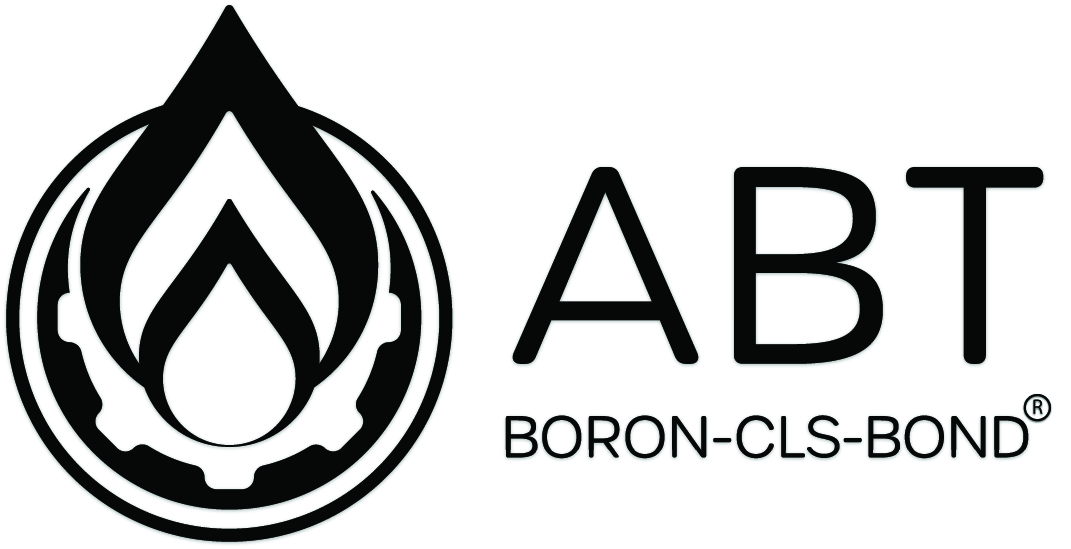Everything You Need to Know About Plinko – Strategies_ Tips_ and Variations
Table of Contents
- Everything You Need to Know About Plinko – Strategies, Tips, and Variations
- Mastering the Fundamentals of Plinko Mechanics
- Understanding the Game Board and Its Layout
- The Role of Gravity and Physics in Plinko Moves
- Key Terminology for Players
- Winning Techniques: Improving Your Plinko Performance
Everything You Need to Know About Plinko – Strategies, Tips, and Variations
The excitement of Plinko draws players into a world of chance and strategy, where the descent of a puck at a tilted board can lead to thrilling outcomes. This engaging game, long favored in casinos, combines elements plinko app of luck with tactical considerations, making it both accessible and intriguing for novices and seasoned players alike. As the puck traverses the pegs, the unpredictable nature of its landing spot creates a dynamic experience filled with anticipation.
Exploration of various approaches can enhance gameplay significantly. Understanding the board layout is crucial, as the arrangement of pegs and slots directly influences potential rewards. Players often benefit from analyzing past rounds, which can provide insights into patterns that may emerge, even in this inherently random environment. Additionally, time spent observing others can uncover valuable hints on optimal puck placement and timing.
Different renditions of this classic game introduce unique features and rules, broadening the playing field. From computer-generated versions to themed adaptations linked to popular culture, the variations offer fresh twists that can captivate any audience. Familiarizing with these distinctions allows for a richer gaming experience, as well as the opportunity to adapt techniques based on specific rulesets.
Moreover, effective bankroll management stands as a fundamental aspect. Establishing limits prior to engaging can safeguard against unfavorable stretches, ensuring enjoyment remains paramount. Aligning bet sizes with personal comfort levels fosters a more sustainable gaming journey, ultimately enhancing the likelihood of achieving desired outcomes.
Mastering the Fundamentals of Plinko Mechanics
Understanding the mechanics of this dynamic game enhances not only enjoyment but also increases chances of securing larger wins. Delve into crucial components that influence gameplay.
- Game Board Structure: Recognize the arrangement of pegs and slots. Boards vary in size, impacting the probable outcome. More pegs create a complex path for chips, altering landing probabilities.
- Chip Release Point: The initial position of the chip is vital. Dropping from different heights allows experimentation with various trajectories, discovering paths that yield higher returns.
- Slot Values: Analyze the distribution of rewards at the bottom. Some boards offer higher payouts in the center, while others might favor edge positions. Identifying patterns can lead to strategic decisions.
Experimentation forms the bedrock of acquiring competence. Engage with varying boards to observe how minor changes can drastically affect outcomes.
- Adjusting Drop Techniques: Explore the angles and force applied during drops. A gentle release may favor certain slots, while increased force changes the trajectory.
- Tracking Landing Patterns: Document results to identify recurring trends over multiple games. This data helps in predicting next moves and potential outcomes.
- Practice Regularly: Frequent participation sharpens skills. Familiarity with mechanics leads to better decision-making during gameplay.
By immersing in the intricate details of the game mechanics, players can enhance the experience and unlock greater potential rewards. Continuous learning and adaptation remain key elements for mastery.
Understanding the Game Board and Its Layout
The design of the Plinko board plays a crucial role in the overall experience. It typically features a triangular arrangement, where pegs are strategically placed to create a series of obstacles for the disc as it descends. This layout is not merely for aesthetics; it influences the disc’s path and potential outcomes significantly.
The pegs, often made from durable plastic or metal, serve to redirect the falling disc, leading it to various slots at the bottom. These slots are labeled with different point values, determining the potential rewards. The distance between pegs varies, creating regions of high and low probability for landing in particular slots. Understanding this spacing can provide an advantage when choosing a drop point.
Slots at the bottom are usually organized in ascending order based on point values, but the arrangement might vary. Some boards may incorporate additional features such as multipliers or jackpots hidden among regular slots. Recognizing these special areas is essential for maximizing rewards, as targeting them can greatly enhance scoring opportunities.
The angle of the board also influences gameplay. A steeper incline can lead to higher speeds, resulting in more unpredictable bounces. Players should observe the board’s tilt to predict how the disc might behave upon impact with the pegs. This aspect requires practice to gauge effectively.
Understanding the layout and features of the game board not only enhances strategic play but also contributes to an overall enjoyment of the experience. Analyzing the physical characteristics of the board can yield insights into making informed decisions on where to drop the disc, ultimately impacting the outcome of the game.
The Role of Gravity and Physics in Plinko Moves
Gravity serves as the fundamental force influencing the descent of tokens in Plinko. As these tokens travel downwards, they collide with a series of pegs, altering their trajectory. Each peg affects the token’s path, redirecting it either left or right, which introduces an element of unpredictability.
The initial drop height significantly impacts the speed of the tokens. Greater heights contribute to increased acceleration, leading to faster and more forceful interactions with pegs. Players should consider selecting higher starting positions to enhance their chances of creating dynamic paths.
Understanding angles is crucial to anticipating how a token will navigate the board. When a token strikes a peg at a slanted angle, it tends to deviate at a sharp angle away from the initial trajectory. Aiming for specific locations on the board can help manipulate outcomes, guiding tokens toward more favorable slots. Continuous observation of token behavior can enhance skills in predicting movement patterns.
Friction also plays a role in the journey of tokens. While minimal, surface friction between tokens and the pegs can influence the amount of energy lost with each collision. This energy loss often results in a decrease in the token’s final velocity, which could determine the slot in which it lands.
Experimenting with different release techniques can yield varied outcomes. A gentle drop may allow for smoother descents, while a more forceful throw might intensify interactions with pegs, resulting in randomized paths. Identifying the ideal technique through practice can optimize results.
Incorporating knowledge of these physical principles can enhance the overall approach to gameplay. Observational strategy, alongside an understanding of how gravity and physics intertwine, can create a more engaged and informed playing experience.
Key Terminology for Players
Drop Zone refers to the area where tokens are released into the game’s structure. This zone is critical as it determines the initial trajectory of the token, influencing its possible outcomes. Selecting an optimal drop point is essential for maximizing potential payouts.
Pegs are the small obstacles that the tokens encounter as they descend. These pegs alter the path of the tokens, introducing randomness and unpredictability to the game. Understanding how the pegs are positioned can help in making educated guesses regarding potential landing slots.
Payout Slots are the final destinations where tokens land. Each slot typically has a different value associated with it. Analyzing the distribution and value of these slots allows players to formulate a more tactical approach to their gameplay.
Bankroll Management involves strategic oversight of available funds. Establishing a budget before participating ensures responsible gaming habits. This technique helps to prolong playtime and increases the enjoyment factor while reducing the risk of significant losses.
Game Variants refer to different formats or rulesets associated with the traditional version. Each variant often presents distinct mechanics or payout structures. Familiarity with these variations can enhance gameplay experience and open up new avenues for success.
Odds signify the likelihood of landing in a specific payout slot. Knowing the odds associated with each slot can provide insight into potential returns, helping to navigate gameplay with foresight rather than chance.
Strategy Charts summarize recommended actions based on historic performance data. Utilizing these charts offers analytical support for decision-making, enabling players to adapt their approach based on previous results and trends.
Winning Techniques: Improving Your Plinko Performance
Enhancing results in this exciting game requires a focused approach. Here are precise methods to elevate performance.
Understanding the board layout is crucial. Each peg affects the ball’s trajectory, leading to various outcomes. Identifying favorable drop zones can maximize potential winnings. Observe previous rounds to recognize patterns that may emerge.
| Left Side | Low | Avoid frequent drops |
| Center | Medium | Use for balanced approach |
| Right Side | High | Drop consistently for higher returns |
Incorporating a budget plan is essential. Allocate specific amounts per session, ensuring to never exceed limits. This discipline creates an opportunity for longer gameplay without substantial losses.
Practice frequently in demo modes. Familiarity with the game mechanics leads to better decision-making under pressure. Track performance over time to refine techniques based on outcomes.
Participating in community forums can also yield insights. Other players may share successful approaches or tips that aren’t widely known, expanding knowledge beyond personal experience.
Engaging in competitions or tournaments serves as a practical avenue for honing skills. The environment may provide real-time pressure, which helps develop strategies that work best under stress.
Always review results critically. Analyzing each game after completion highlights opportunities for growth. Maintaining a reflective mindset cultivates continual improvement.






